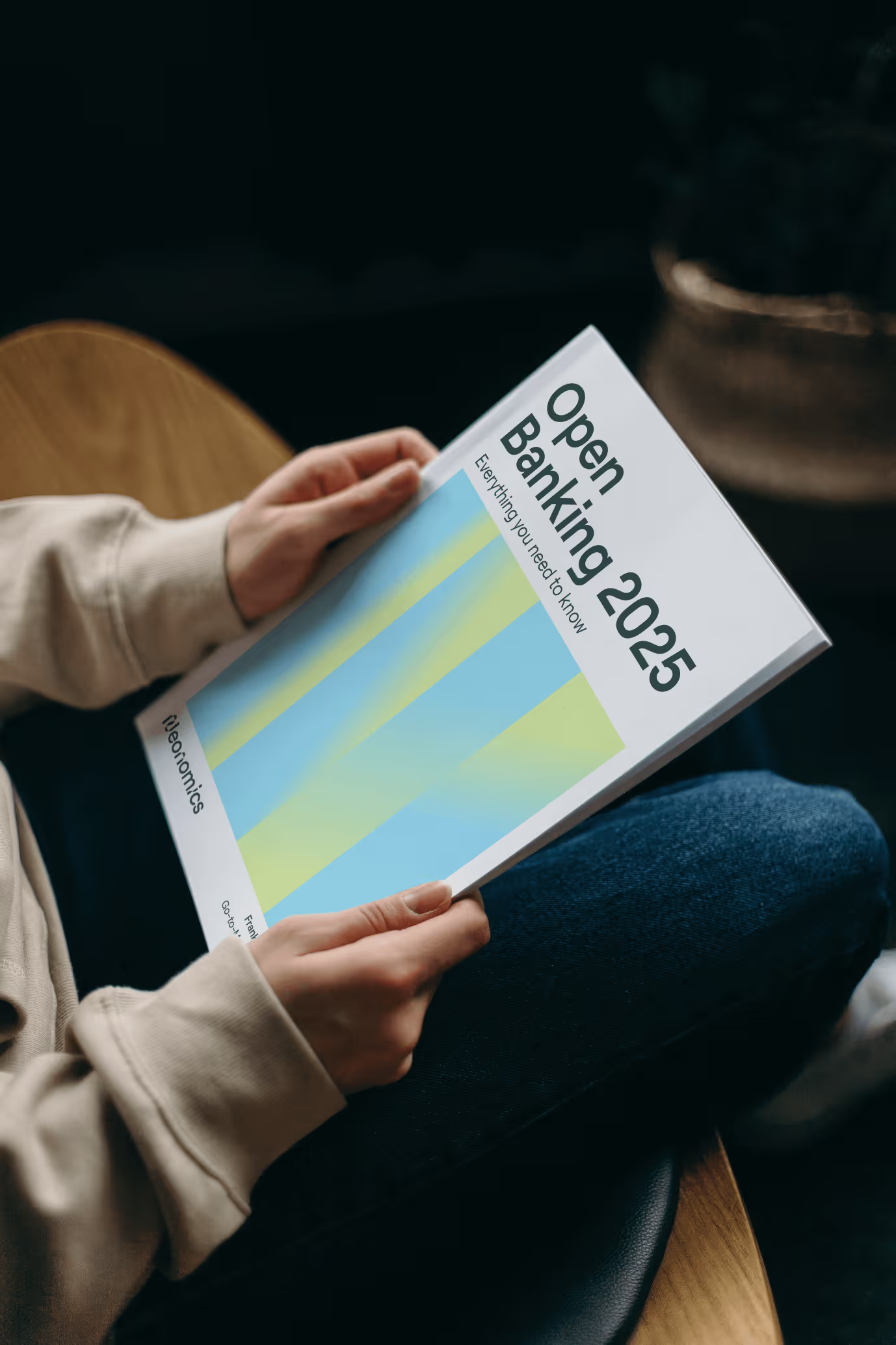Account-to-account (A2A) payments are taking hold in the Nordics and around the world. Globally, A2A payments accounted for 9% of e-com payments and $525B in transaction value in 2022, driven by RTP (Real Time Payment) schemes and the sharp rise in card-based transaction costs. Safety, speed, and the lower cost, including lack of interchange fees, are contributing to the uptake.
In Europe, A2A payments now account for 18% of e-com payments with projected growth of 10% CAGR through 2026. In addition to the UK, Netherlands, Germany, and Poland, the Nordics are seeing strong adoption rates due to their digital payments infrastructure, innovative local providers and digitally savvy consumers. This past year, A2A payments captured a significant share of online payments in Nordics and projections point to further growth on the horizon.

What’s driving these numbers in the Nordics? Let’s take a look.
In Finland, A2A is now the leading payment method because of their familiarity with and preference to use online bank transfers for both e-com and invoice payments. Most Finnish consumers are familiar with doing SCAs when making payments and consider it not problematic and an indicator of good security. According to Visma Pay Finland, 64% of their users chose bank payments when paying invoices, and Paytrail, the leading payment gateway, recommends their merchants include an A2A payment method in their online payment choices.
As a result, the percentage of card payments in Finland is relatively low compared to other Nordic countries, with card payments equaling only 40% card of online payments in 2022.
In contrast, cards are still the preferred method of payment in Norway, accounting for 45% of online payments. Even though it has dropped 9% since 2021, it’s just shifted to mobile payments which have increased by 13% since 2021 and now represents 18% of online payments.
Over 90% of Norwegians are using online payments and more than half of those transactions are being done on their mobile phones. The growth we’re seeing in A2A payments is partly due to how mobile friendly it is, particularly for invoice payments. The sharp rise in transaction costs related to card-based payment methods is also driving businesses to seek lower cost alternatives, despite their popularity in the market.
With the roll out of biometrics in BankID and shift of many Norwegian banks to single SCA flows further reduces friction and will contribute to the continued increase in A2A adoption in Norway.
Sweden has seen strong growth in A2A due to its use by local providers, such as Swish, Tink and Klarna. Like in Norway, Swedes like to shop online and prefer to make digital payments via their mobile phones. Over 50% of online payments are being made on mobile phones and mobile payment apps, such as Swish and ApplePay are very popular. However, card use for online payments has also remained both high and steady over the last four years, followed by digital invoices, including short-term financing variants like BNPL and Pay-in-3, and then Swish.
Like Norway, lowering transaction costs related to card payments and eFaktura will drive A2A adoption in Sweden. Post P27, invoicing in particular is ripe for improvement as most invoice payments are still being made manually via one’s online bank and entail entering long payment ID and recipient numbers (similar to KID). A2A’s ability to provide a fast and convenient digital alternative that eliminates manual entry, errors, and is mobile-friendly will increase demand.
Unlike the other Nordic countries, digital wallets dominate in Denmark, capturing 29% of the market in 2022, more than either cards or debit cards. MobilePay has led the charge, but faces increased competition from ApplePay, GooglePay and Nordea Wallet. Its recent merger with Vipps aims to solidify that position. Similar to Norway, mobile payments make up 55% of all online payments. While mobile payment apps have seen strong traction, we anticipate that it will also trigger demand, because as we’ve seen with Norway, card-based mobile payments are pushing transaction costs up for businesses as well.
Over the next three years in conjunction with coming new PSD3/PSR regulations here in Europe, A2A payments will go beyond being simply a technology that can compete with cards and ApplePay, to become a data-enabled powerhouse capable of delivering personalized financial services both through and for banks and FIs that will create closer customer relationships and greater financial inclusion.
Summary
- A2A payments are becoming more mainstream in the Nordic countries
- In 2022, A2A took a significant share on e-com payments
- While conditions and drivers in each country vary, there are some notable similarities
- Over the next three years, A2A evolve into an important enabler of financial services.

.png)



.png)













































